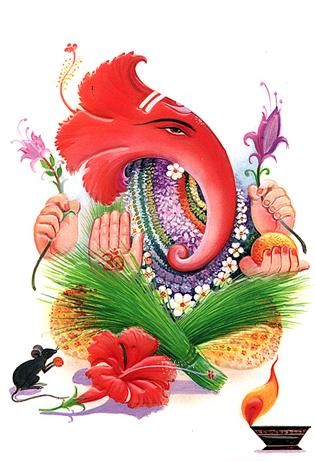Andhra Pradesh: 5 walled cities from 300 B.C. unearthed
HYDERABAD: Andhras flourished during the time of Chandragupta Maurya much before the advent of the Satavahanas, and were said to be as powerful as Mauryans. They had 30 fortified walled cities way back in 300 BC, wrote the Greek traveller Megasthenes in his Indika. In what could be an exciting discovery, the State Department of Archaeology and Museums has identified five of those 30 walled cities.
The Department has found physical evidence proving Megasthenes right and by the same token –– throwing light on the existence of Andhras and Telugu language before the Satavahana period. The study is part of a project taken up to find the 30 walled cities mentioned by the Greek traveller and historian in his travelogue.
‘‘Though the Andhras were mentioned in books dating back to 1,000 BC, we have physical evidence like coins and pottery only from the Satavahana period (200 BC - 200 AD). Our research based on Indika of Megasthenes strengthens the theory that the Andhras existed before the Satavahanas.
Excavation of these sites will provide more physical evidence on history, administration, language, customs and traditions of our ancestors,’’ said P Chenna Reddy, Director of Archaeology and Museums Department.
Megasthenes is believed to have visited India as an Ambassador of Seleucus I of Syria to the court of Chandragupta Maurya around 305 BC.
In Indika, Megasthanes indicates that the Andhra (mentioned as Andarae) kings belonged to a powerful race and possessed an army of 100,000 infantry, 2,000 cavalry, 1,000 elephants and had 30 well-built fortified towns.
With Telugu obtaining classical language status, the project assumes importance and is likely to give an insight into its origins and the historical existence of Andhras. The officials have so far examined 18 sites with historical importance and singled out five.
Archaeologists recovered bricks, pottery, coins and other evidence from these sites at Dhoolikatta, Kotilingala (both Karimnagar district), Satanikota (Kurnool district), Dharanikota (Amaravathi) and Bodhan (Nizamabad district).
The project was taken up in October, 2005 and efforts are on to identify the remaining Megasthanes towns in Andhra Pradesh as well as at a few places in Maharashtra, Karnataka, Chhattisgarh and Tamil Nadu.
Courtesy: ExpressBuzz
Labels: tcld2006



0 Comments:
Post a Comment
<< Home